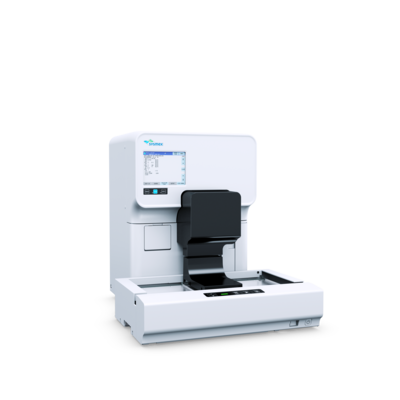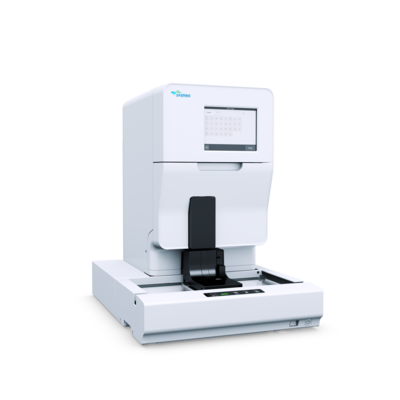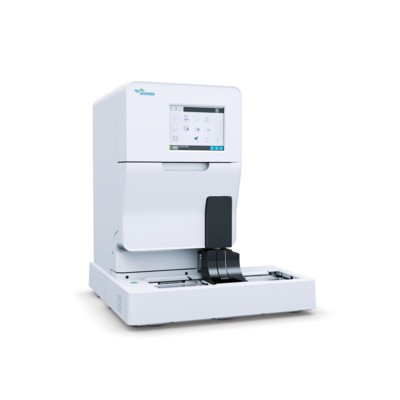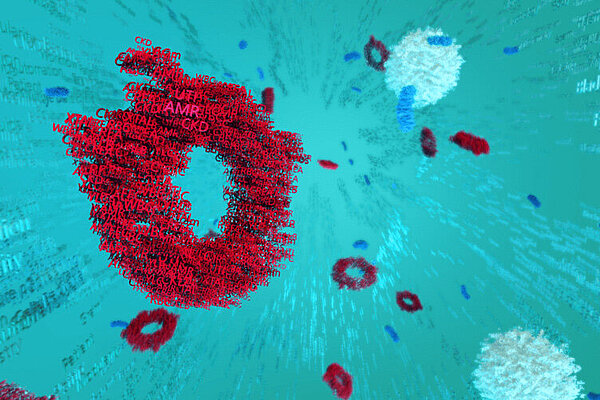Urinary tract infection (UTI)
A UTI is an infection which is often caused by bacteria in the urinary system. Urine is normally sterile, but an infection can occur when foreign bacteria are introduced into the urinary system. In most cases, bacteria travel up the urethra to the bladder. It is estimated that 150 million UTIs occur yearly on a global basis, making it one of the most frequent bacterial infections worldwide[1]. This is just one source contributing to the spread of antimicrobial resistance. There are countries in many parts of the world where treatment for UTIs with fluoroquinolone antibiotics is now ineffective in more than half of patients[2].
Affecting many more women than men, UTIs account for nearly 25% of all infections[3]
The first step in diagnosing a UTI is typically a simple dipstick test using a urine sample, which tests for nitrite-producing bacteria as well as the presence of white and red blood cells. It’s quick, but not the most accurate or reliable method because it can result in a false negative[4]. Lab analysis of the urine can also consist of a urine culture, which can tell the physician of the presence of bacteria that may be causing the infection and lead the way for follow-up testing to identify the most effective medication.
In an ideal situation, all samples that are suspected of UTI would be sent to the microbiology lab to have a culture created. This is not the case as it requires a lot of time and resources, so only the dipstick test is used. Even then, many of the samples that are sent for a culture are negative in the end. However, the result is only available after 12 to 24 hours which can sometimes lead to unnecessary antibiotic prescriptions on suspicion. In the Unispital Zürich, for example, around 80% of cultures prepared on suspicion of UTI are negative, therefore the ability to rule UTI negative samples early on can save a lot of hassle[5].
Imagine being able to rule out UTI-negative samples in < 1 minute
If you would like to know more about how Sysmex solutions can help you optimise your laboratory workflow, check out our UN-Series.
UN-Series
Discover more
Sources
[1] Flores-Mireles, A. L., Walker, J. N., Caparon, M., & Hultgren, S. J. (2015). Urinary tract infections: epidemiology, mechanisms of infection and treatment options. Nature reviews microbiology, 13(5), 269-284.
[2] World Health Organization. (2018) Antimicrobial Resistance. https://www.who.int/en/news-room/fact-sheets/detail/antimicrobial-resistance
[3] Foxman, B. (2002). Epidemiology of urinary tract infections: incidence, morbidity, and economic costs. The American journal of medicine, 113(1), 5-13.
[4] Mambatta, A. K., Jayalakshmi Jayarajan, V. L. R., Harini, S., Menon, S., & Kuppusamy, J. (2015). Reliability of dipstick assay in predicting urinary tract infection. Journal of family medicine and primary care, 4(2), 265.
[5] Fischer, V. (2019). Ein neuer Schritt zur schnelleren Urinanalytik. xtra, 50-52.





